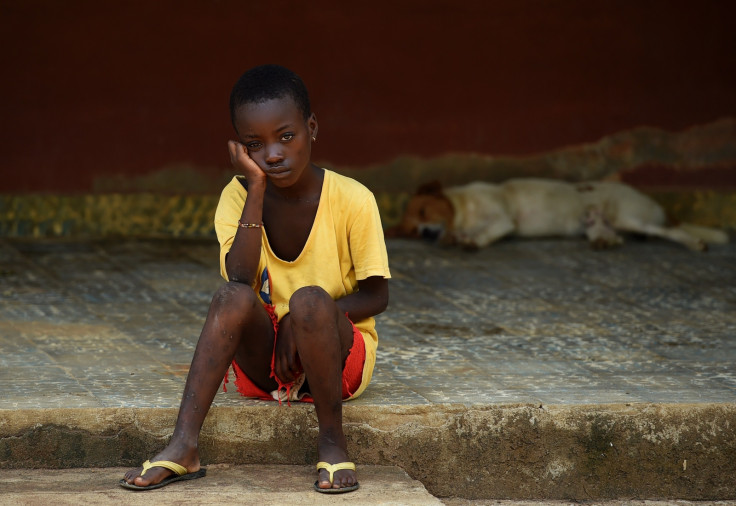Ebola: New aggressive guidelines set for treating infected children

A research team has developed a new set of guidelines for treating children infected with Ebola. The protocol is very aggressive, and includes keeping children hydrated by administering fluids straight into their veins.
The team also suggested giving them highly fortified food, and even using Ebola survivors to help with bedside manner.
"We know Ebola is going to come back," said Indi Trehan, lead author of the study, published in The Journal of Pediatrics. "But the next time an Ebola treatment unit is opened, the physicians, nurses and other health-care providers shouldn't have to start from scratch. It may not be perfect -- we invite others to build on it -- but it's from our collective experience."
The research team treated 106 Ebola patients at a treatment unit, run by the Sierra Leone Ministry of Health, during the height of the infection. They used this experience, as well as reports from the World Health Organisation and Médecins Sans Frontières, to create a set of guidelines that were effective for treating children.
The protocol suggested using two IV drips per patient to keep the patient hydrated. Electrolytes of the patients should be boosted, and they should eat foods which have been enhanced with nutrients and vitamins – for example, orange juice with added calcium.
The study emphasised the importance of bedside manner, and manpower, to help the patients in any way they can. Survivors of Ebola could be used to help staff in treatment centres so patients are not alone. Seeing as they have generated the antibodies to fight the virus, they could provide good support, relatively risk-free.
It was also recommended that patients still be treated for other infections and diseases. Patients still need to be properly nourished even when they are battling the Ebola virus.
"She is exactly the kind of patient these protocols are targeting and is a happy success story," said Charles Callahan, lead author of the study, describing one young girl he remembered during his time in Sierra Leone.
The girl managed to survive Ebola, but then quickly become malnourished. Callahan does not think she would have survived if the treatment centre was any busier. "Her care was very challenging to the system in Sierra Leone. But she did survive, and many others probably could have, too."
© Copyright IBTimes 2024. All rights reserved.






